Unforgotten Brands: Campa Cola
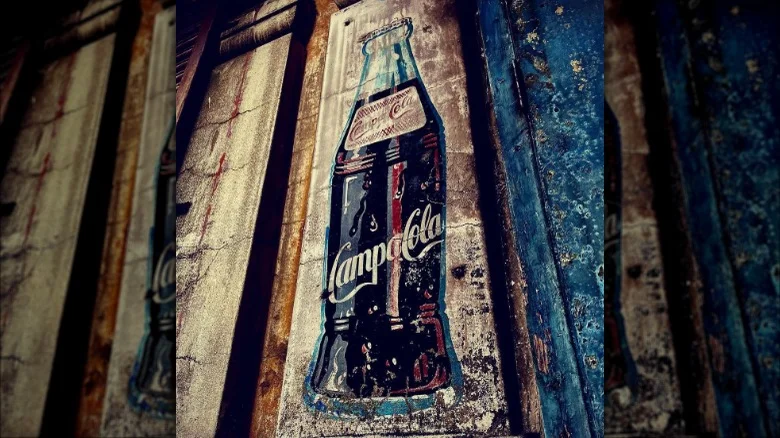
Campa Cola started out as an imitation of Coca Cola once it pulled out from India in 1977 due to government regulations
When it came to colas in India, Coca-Cola was unrivalled until 1977. Coca-Cola had to reveal its secret recipe due to new protectionist regulations that year, which put severe limitations on foreign corporations. Coca-Cola, who refused to budge, pulled out of the Indian market all at once, leaving Pure Drinks, the only producer and distributor, with idle plants and an excess of cola-making resources.
The Start
Following Coca-Cola’s exit from the market, Pure Drinks saw an opportunity to fill the void. Daljit Singh and Charanjit Singh of Pure Drinks saw an opportunity to address a market need by launching their locally manufactured soft drink brand, Campa.
Around the same time, Parle launched Thums Up and Double Seven, the official soft drink of the Indian government.
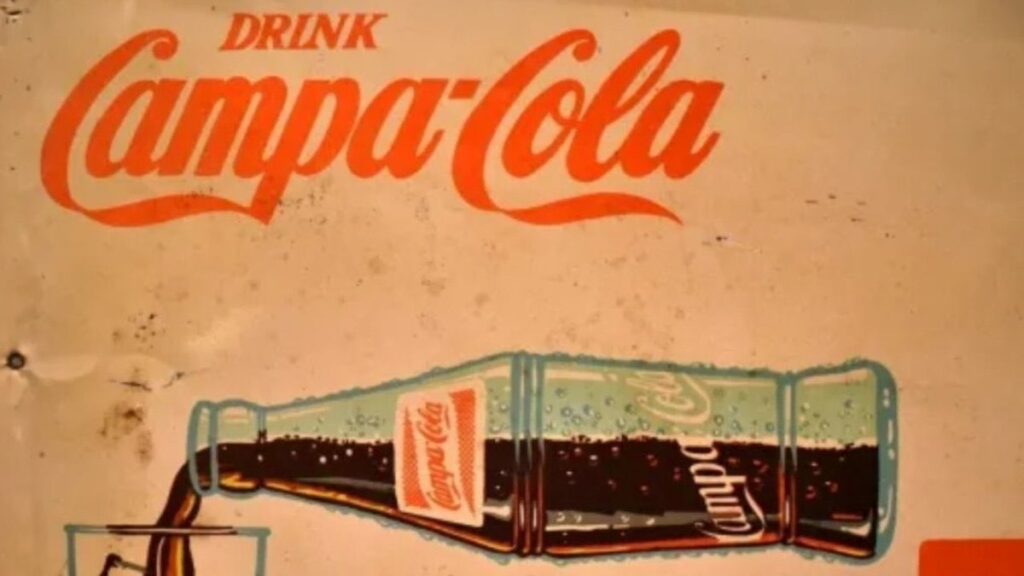
Imitation
Campa-Cola imitated Coca-Cola at first. Pure Drinks, using its extensive knowledge, made a similar product using local flavourings in place of proprietary components. From the writing of the logo to the form of the container, the branding was eerily similar to Coca-Cola. At first, a hyphen separated “Campa” from “Cola.”
Marketing “Indian”
Marketing Campa-Cola, as a proudly Indian product, took advantage of the nationalist spirit that was prevalent in late 1970s India, despite the drink’s obvious resemblance to Coca-Cola. Government regulations that aimed to promote self-sufficiency served as the driving force behind this story, which was part of a larger effort to boost the domestic economy by utilizing goods made in the country. Even though it looked like Coca-Cola, Campa Cola promoted itself as an Indian invention that catered to local tastes.
As a replacement for Coca-Cola, Campa-Cola quickly became popular among Indian customers. Its resemblance to Coca-Cola was the driving force behind its early success.
Considering the unique flavour profile of Thums Up, another Indian soft drink, Campa Cola had very little direct competition at this time. Campa Cola used this to its advantage by creating its own identity for the brand and launching a campaign of aggressive advertising. But things changed in a big way in the ’90s, when India opened its markets to foreign goods and welcomed Pepsi and Coca-Cola back.
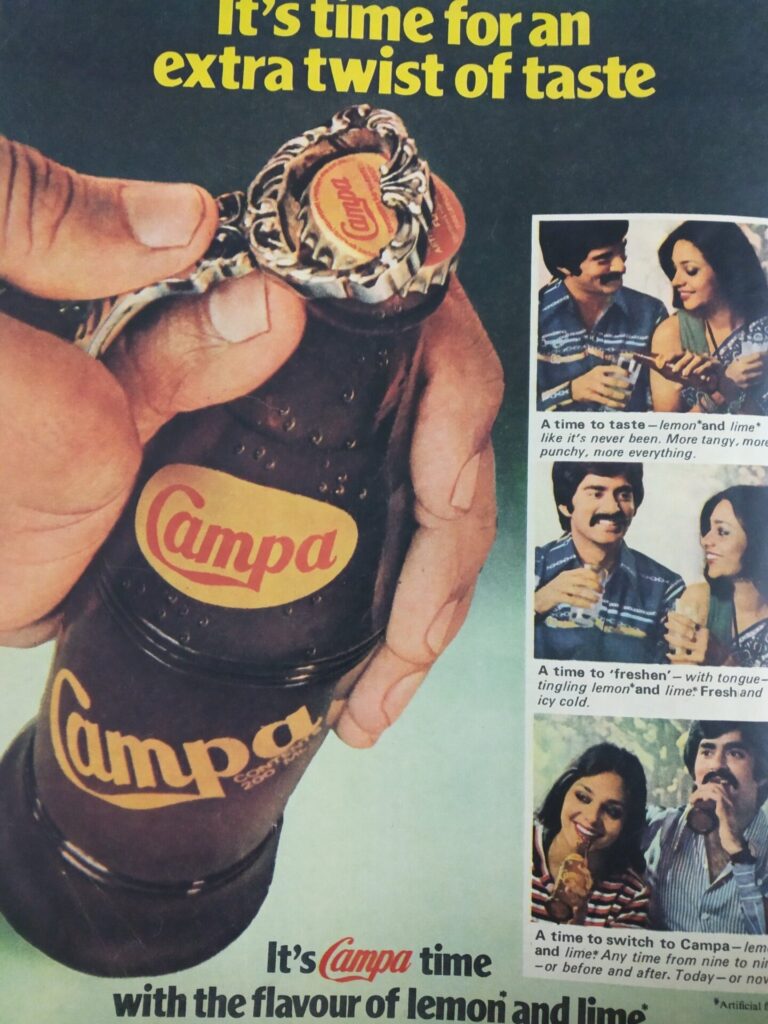
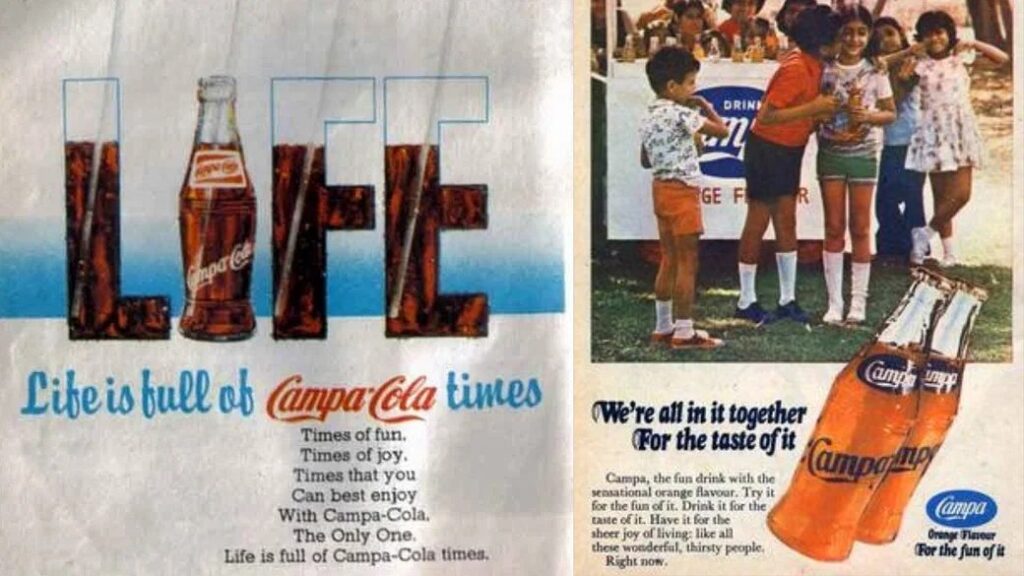
Decline
The reappearance of these global titans and their well-funded advertising campaigns posed a significant challenge to Campa Cola. Indian customers quickly favoured Coca-Cola and Pepsi over local imitators due to the authenticity of the original brands. When Coca-Cola sued Campa Cola for using its bottle design, the problems only became worse. When the year 2000 rolled around, Campa Cola had drastically reduced output and shut down most of its plants.
Campa-Cola’s popularity plummeted once Coca-Cola re-entered the Indian market, and the company shut down most of its production facilities as a result. However, despite their best efforts, Pure Drinks, the original producer, was unable to successfully resuscitate Campa Cola owing to financial limitations, despite their determination to do so.
Variants
Although Pure Drinks was known mostly for Campa Cola, they did sell several other flavours under their name. Campa Orange and Campa Lemon were variants of the renowned cola that each had their devoted fan bases and promotional strategies. Clear lemon, apple, and jeera were novel flavours added to Campa Cola as time went on to meet the changing tastes of consumers.
Interesting Advertising
Even though Campa Cola’s sales may have declined, young Indians will always remember its entertaining and interesting advertisements. The advertisements portrayed Campa Cola as an essential component of socializing, aimed squarely at young people, and they featured casual get-togethers and festivities. Campa Cola became synonymous with happy times and special events because of these vibrant ads, which frequently featured groups of young people having fun while drinking the drink.
For young Indians during its prime, Campa Cola was the drink of choice for many special occasions, including birthdays, holidays, and celebrations following school exams. As a result of its flavour profile—a sweeter and milder taste than other soft drinks of the time—it became an even more popular beverage option among kids and teens.
Trivia
Salman Khan, a shining star in Bollywood, first came to public attention after appearing in an ad for Campa Cola, which typified the aspirational nature of the company. The advertising, which was full of excitement and charm, made the drink seem like something you’d drink for fun and with friends, and it made people think of a carefree, exciting existence. Khan made his first entrance into the entertainment sector with an appearance in one of these ads, singing the memorable jingle.
New Lease of Life
The Reliance Group gave the brand a new lease of life after purchasing it from Pure Drinks. The strategic commercial goals of Reliance’s efforts to expand its portfolio were the driving forces behind the revival of Campa Cola, rather than a simple desire to satisfy nostalgia. Reliance chose the popular Campa Cola brand as its first offering when it decided to enter the fast-moving consumer goods market. Experts believe that Reliance’s substantial financial resources allow it to aggressively market the brand to both its existing customer base and younger demographics, which may create fierce rivalry for industry heavyweights like Pepsi and Coca-Cola.
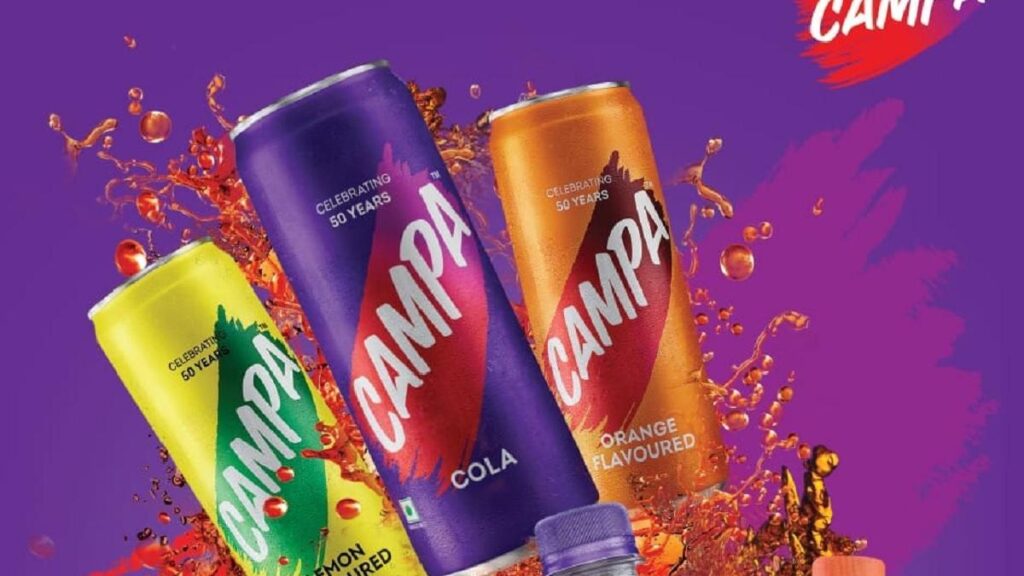
The relaunched Campa collection will highlight the original trio of flavours—Campa Cola, Campa Lemon, and Campa Orange—under its new management, suggesting that there may be future additions. Campa Cola is reintroducing itself to the Indian market with a mix of modernity and nostalgia, with refreshed packaging and the return of its famous slogan, “The Great Indian Taste.”
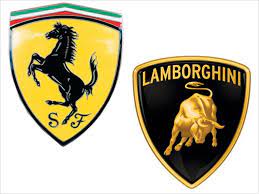
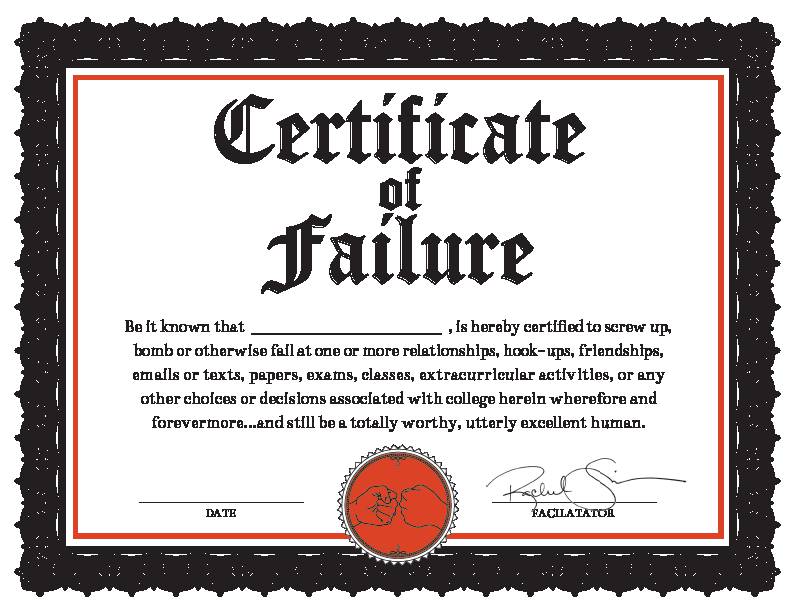


1 Comment